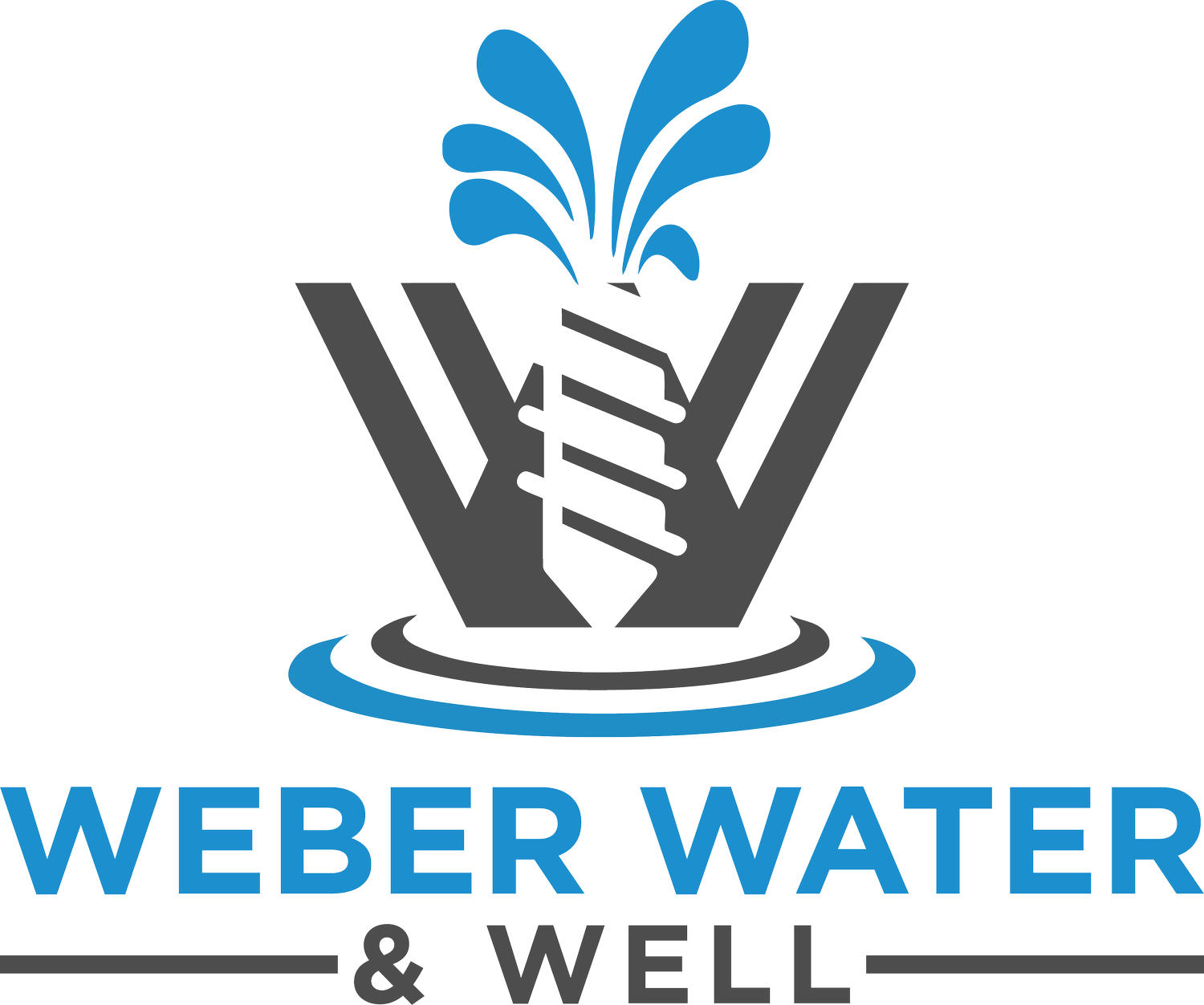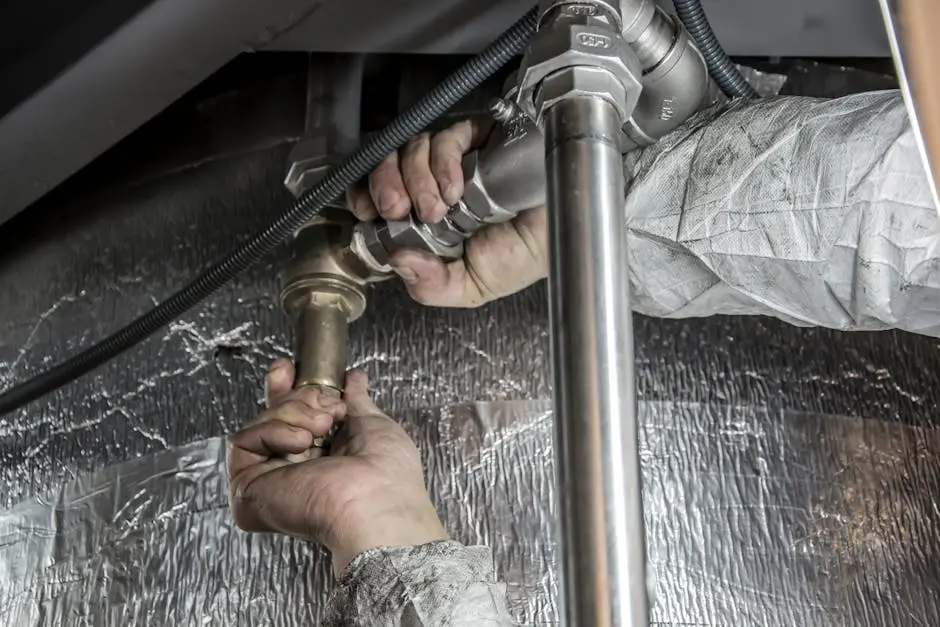Understanding the Basics of Water Line Repair for Your Home
Repairing water lines may sound like a daunting task, but with a little understanding, it can be manageable for homeowners. In this blog, we will break down the essentials of water line repair, including common issues, DIY tips, and when to call in a professional. Let's dive into the basics and empower you to tackle those pesky water line problems with confidence.
What Is a Water Line and Why Is It Important?
Understanding what a water line is and its role in your home’s plumbing can help you appreciate why it’s crucial to maintain it.
A water line is simply the pipe that delivers fresh water to your home. This essential system operates behind the scenes, ensuring you have access to clean water for drinking, cleaning, and bathing. The importance of maintaining this line cannot be overstated; a single leak can lead to increased water bills and potential damage to your home’s foundation. Regular inspection and care can help in spotting issues before they escalate, allowing you to safeguard your environment.
After all, it’s not just about having water; it’s about having reliable access to it. Poorly maintained water lines can also pose health risks, as stagnant or contaminated water might flow into your faucets. Therefore, understanding how the water line works and its significance can empower homeowners to take proactive measures in protecting this vital resource.
Common Water Line Issues Every Homeowner Should Know
>From leaks to clogs, recognizing these common issues early can save you from more extensive damage and costly repairs.
One of the primary issues you'll encounter is leaks. They can occur due to various reasons, such as corrosion or sudden changes in water pressure. A small leak may seem trivial, but over time, it can wash away your home's foundation, lead to mold growth, and cost you much more in repairs than if you addressed it promptly. These leaks can easily go unnoticed until they become a bigger, messier problem.
Moreover, clogs in your water line can happen when debris, grease, or even tree roots make their way into the piping system. These blockages can prevent proper water flow, leading to reduced pressure and unsatisfactory performance of your plumbing fixtures. Preventative measures like regular flushing of your lines or using a drain cleaner can mitigate these risks.
In addition, frozen pipes pose a significant risk during colder months. The water inside your pipes expands when it freezes, which can lead to severe bursting. Understanding these common water line issues is crucial for any homeowner. By being aware of these problems and knowing what signs to look for, you'll be in a better position to act quickly and efficiently, ensuring your home's plumbing stays in top shape.
Simple DIY Repairs: When You Can Fix It Yourself
Explore easy solutions that homeowners can tackle without professional assistance, ensuring you're prepared for minor repairs.
Sometimes, a simple task like tightening a leaky faucet can save you a lot of frustration and prevent water waste. All you need is a basic wrench and some plumber's tape to achieve a quick fix. Additionally, knowing how to locate and turn off your home's main water supply can be invaluable. In case of a sudden leak, turning off the water quickly can minimize damage until you can address the issue.
Another straightforward repair is replacing a worn-out hose bib or outdoor spigot. With minimal tools, you can unscrew the old one and install a new one. It's a quick fix that enhances both functionality and appearance. Armed with a little knowledge, you can feel confident tackling these minor repairs, saving both time and money.
However, while many repairs are manageable, it’s essential to know when to stop. If you feel uncertain or if the issue persists after your attempts, it’s best to consult a professional. Don’t hesitate to reach out for help when necessary.
Tools You’ll Need for Water Line Repair
Having the right tools on hand can make all the difference in successfully completing your water line repairs efficiently.
At the very least, you'll need a pipe wrench to grip and turn pipes, along with a wrench for tightening and loosening fittings. A high-quality plunger can be a lifesaver when addressing minor clogs. Having a collection of sealants and tapes handy is also beneficial; they can help you address leaks quickly without the need for professional tools.
Maintaining a well-stocked toolbox not only helps you in urgent situations but also empowers you to make those repairs with confidence. With the right tools ready and the basic know-how, you can tackle many issues independently while feeling like a pro.
When to Call a Professional: Knowing Your Limits
Some situations require expert help. Learn to identify the signs that indicate it's time to call in a professional plumber.
If you find yourself facing persistent leaks or severe water pressure issues despite your DIY efforts, that’s a clear signal to seek professional advice. Likewise, any repairs requiring extensive excavation or alterations to your plumbing system should typically be left to the experts. Trusting your instincts as a homeowner can guide you towards the right decision in such cases.
Beyond technical skills, understanding the complexities of your plumbing system can make a significant difference in determining whether to proceed solo or seek help. When in doubt, remember: it’s perfectly okay to call in an experienced plumber. They bring expertise and specialized tools that can help to solve even the trickiest of water line repairs safely and effectively.
Wrapping Up Your Water Line Knowledge
Understanding the basics of water line repair is essential for every homeowner. With the right knowledge and tools, you can manage minor repairs on your own, saving time and money. However, always remember that professional help is just a call away for more significant issues. Stay proactive about your home’s plumbing to ensure a long-lasting and efficient water supply.


